Hey there,
There’s something magical about the first blooms of spring. After a long winter, vibrant flowers can instantly lift your spirits. Spring-blooming bulbs are a fantastic way to ensure your garden is full of color and life as the season changes. Whether you’re an experienced gardener or a beginner, autumn is the perfect time to plant these bulbs and set the stage for a stunning spring display.
Why Autumn is the Perfect Time? Planting bulbs in autumn allows them to establish roots before the ground freezes. This preparation helps them to burst forth with blooms as soon as the weather warms up. By planting in the cooler months, you give your bulbs a head start, ensuring they are ready to grow and flourish in spring.
This site contains affiliate links. I may earn a small commission, at no extra cost to you. I’d appreciate it if you can support me.
First, let’s see what are spring-blooming bulbs.
Spring-blooming bulbs are perennial plants that store their energy in underground storage organs. These bulbs go dormant in the summer, grow roots in the autumn, and remain underground in winter. Come spring, they use the stored energy to produce leaves and flowers.
There are many varieties of spring-blooming bulbs to choose from, each bringing its unique charm to your garden. Popular choices include tulips, daffodils (narcissus), crocuses, anemones, hyacinths, lilies and alliums. Each variety offers a range of colors, shapes, and sizes, allowing you to create a diverse and eye-catching garden.
1. Choosing the Best Bulbs
How to Select Healthy Bulbs
When selecting bulbs, look for ones that are firm and free from blemishes. Avoid bulbs that are soft, moldy, or have visible damage. Healthy bulbs will have a good weight to them and smooth, unbroken skin.
Top 5 Bulbs for a Vibrant Spring Garden
1. Tulips
Available in a wide range of colors, tulips are a classic choice for spring gardens.
2. Daffodils (Narcissus)
These cheerful yellow or white flowers are easy to grow and deter pests.
3. Crocuses
One of the first flowers to bloom in spring, crocuses add a splash of early color.
4. Hyacinths
Known for their fragrant blooms, hyacinths come in various vibrant shades.
5. Alliums
These globe-shaped flowers add height and a unique look to your garden.
2. Planning Your Garden Layout
Designing a Colorful Spring Display
Plan your layout with color and bloom times in mind to create a visually appealing garden. Mix different types of bulbs to ensure continuous blooms throughout spring. Consider planting in clusters or drifts for a natural look. For easier planting, use flower bulb baskets!
Companion Planting for Enhanced Beauty
Companion planting involves grouping plants that complement each other in terms of color, height, and bloom time. Pair early-blooming bulbs like crocuses with later bloomers like tulips and alliums to maintain a dynamic garden throughout the season.
3. Preparing the Soil
Testing and Amending Your Soil
Before planting, test your soil to determine its pH and nutrient levels. Most spring-blooming bulbs prefer well-drained, slightly acidic to neutral soil. Amend your soil with compost or well-rotted manure to improve fertility and drainage.
Do you know that composting at home is quite easy? Let’s start here: Composting for beginners – How to start composting? | Bloom and Boughs
The Importance of Drainage for Bulb Health
Good drainage is crucial for bulb health. Bulbs sitting in waterlogged soil are prone to rot. If your garden soil is heavy clay, consider planting bulbs in raised beds or adding sand or grit to improve drainage.
4. Planting Techniques
The Right Depth: How Deep Should You Plant?
In general, smaller flower bulbs should be planted less deeply, while larger bulbs should be planted deeper. It is also a golden rule that the planting depth should be three times the height of the bulb. For example, if a bulb is 5 cm tall, plant it 15 cm deep. Planting at the right depth helps protect bulbs from temperature fluctuations and ensures strong root development.
Spacing Tips for Optimal Growth
Space bulbs according to their size: larger bulbs like tulips and daffodils need about 10-15 cm between them, while smaller bulbs like crocuses can be planted 5-6 cm apart. Proper spacing allows bulbs to grow and spread naturally.
5. Watering and Fertilizing
Watering: How Much and How Often?
After planting, water the bulbs well to help them establish roots. Continue to water occasionally during dry spells in autumn. In spring, as growth begins, increase watering to keep the soil consistently moist but not waterlogged.
Fertilizing: Boosting Bulb Growth
Fertilize bulbs at planting time with a balanced, slow-release fertilizer. In spring, as shoots emerge, apply a high-potassium fertilizer to encourage strong blooms. Avoid high-nitrogen fertilizers, which can lead to excessive leaf growth at the expense of flowers.
6. Protecting Your Bulbs
Dealing with Pests and Diseases
Bulbs can be susceptible to pests like squirrels, voles, and deer. To protect them, consider using physical barriers like chicken wire or applying repellents. We have trouble with the neighbor’s cats, and we protect against them with a simple plastic mat with spikes. Make sure to cut the plastic mesh larger for flowers with thicker stems (e.g., Hyacinths) so that the plant can grow comfortably without getting damaged! Keep an eye out for signs of disease, such as mold or soft spots, and remove affected bulbs promptly.
Using Mulch for Temperature Control
Apply a layer of mulch over your bulb beds to help regulate soil temperature and retain moisture. Mulch also helps suppress weeds, which can compete with bulbs for nutrients.
7. Timing Your Planting
When is the Best Time to Plant?
The best time to plant spring-blooming bulbs is in late autumn before the ground freezes. This timing allows bulbs to establish roots before winter. Aim to plant bulbs about 6-8 weeks before the first hard frost in your area.
In cooler climates, like those in the northern US and Canada, plant bulbs in September or October. In milder regions, you can plant as late as November or early December. Adjust your timing based on local weather patterns and soil conditions.
8. Caring for Bulbs After Planting
Winter Care: Keeping Bulbs Safe
Once planted, most bulbs require minimal care over winter. Ensure the soil remains well-drained, and apply a layer of mulch for added protection. Cover beds with straw or evergreen boughs to insulate the soil in areas with severe winters.
Signs of Successful Planting
In early spring, look for signs of growth, such as shoots emerging from the soil. If you don’t see any growth by mid-spring, gently dig around a bulb to check its condition. Healthy bulbs should be firm and show signs of root development.
9. Anticipating Spring Blooms
Recognizing Early Growth
As temperatures rise, you’ll see the first green shoots appear. Crocuses and snowdrops are often the earliest to bloom, followed by daffodils, tulips, and hyacinths. Monitor your garden closely to enjoy the progression of blooms.
Encouraging Robust Blooms
To encourage robust blooms, continue watering your bulbs regularly and apply a high-potassium fertilizer as needed. Deadhead spent flowers to prevent the plant from using energy to produce seeds, which can weaken the bulb.
10. Common Mistakes and How to Avoid Them
Avoiding Overcrowding
Overcrowded bulbs compete for nutrients and space, leading to smaller blooms. If you notice clumps becoming too dense, lift and divide bulbs every few years to maintain healthy growth.
Preventing Overwatering
While bulbs need moisture to grow, overwatering can cause them to rot. Ensure your soil has good drainage and water bulbs only when the soil surface is dry to the touch.
11. Recommended Gardening Tools and Supplies for Easier Landscaping
I have a complete list of essential gardening tools for comfortable and efficient gardening. You can find it here: 15 +1 Must-Have Gardening Tools for Your Garden | Bloom and Boughs
Conclusion
Planting spring-blooming bulbs in autumn is a rewarding process that promises a vibrant and colorful garden come spring. Following the steps in this guide, you’ll set yourself up for success and enjoy the beauty of blooming bulbs. As you anticipate the arrival of spring, remember that the effort you put into planting bulbs now will pay off in a stunning display of flowers. Enjoy the process and look forward to a garden bursting with life and color.

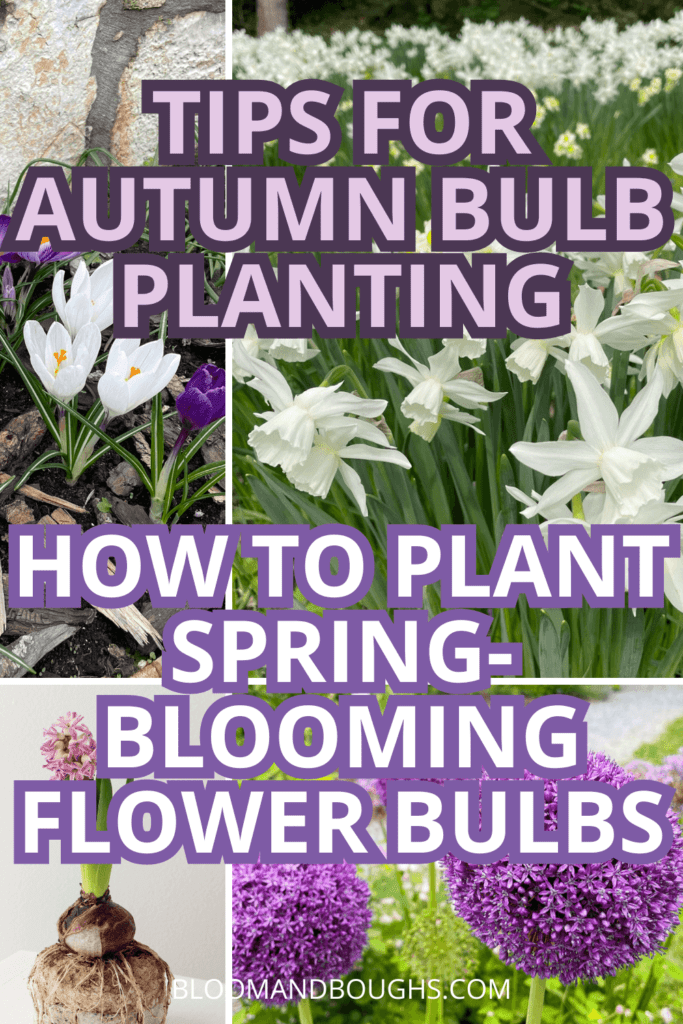
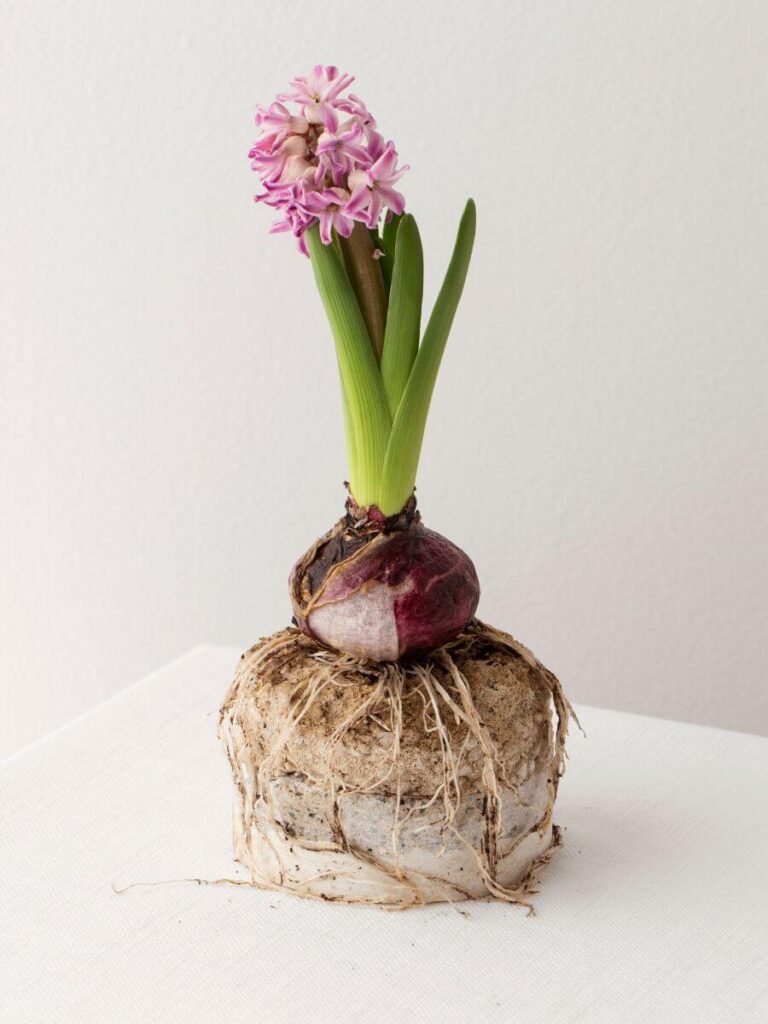


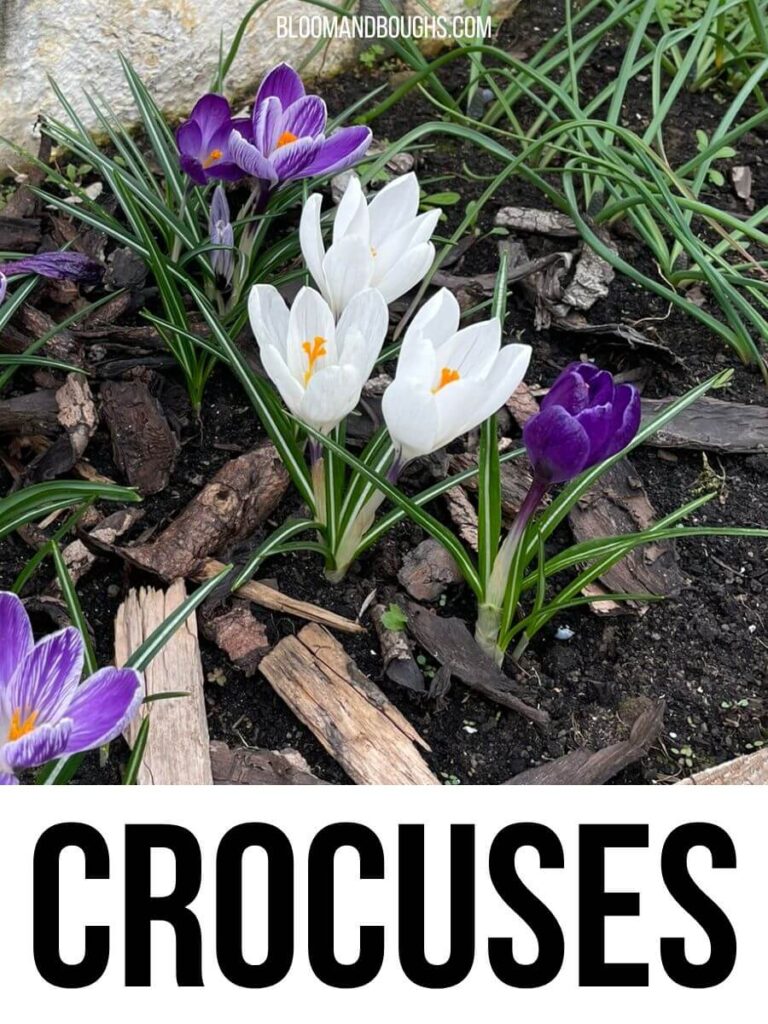
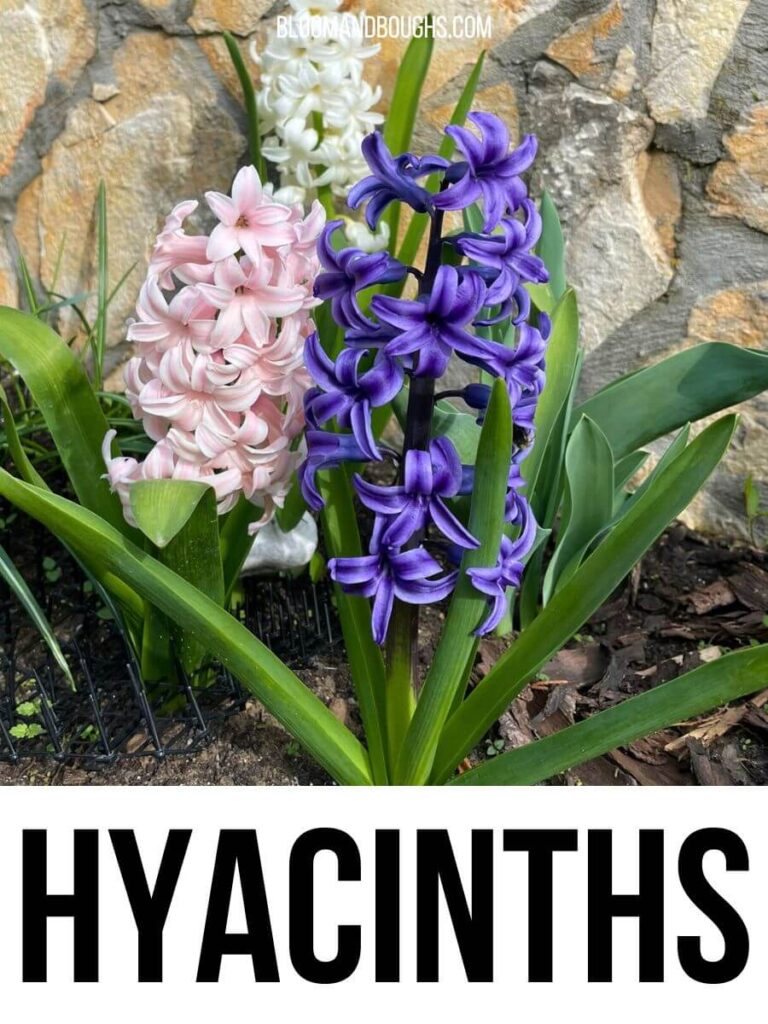
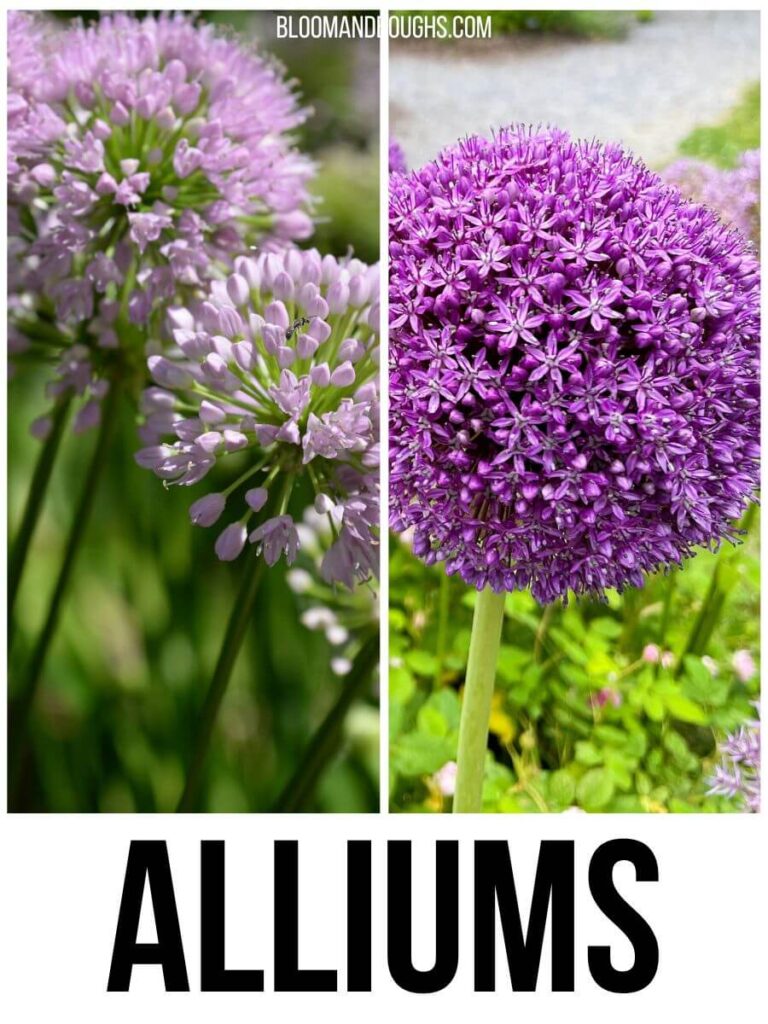


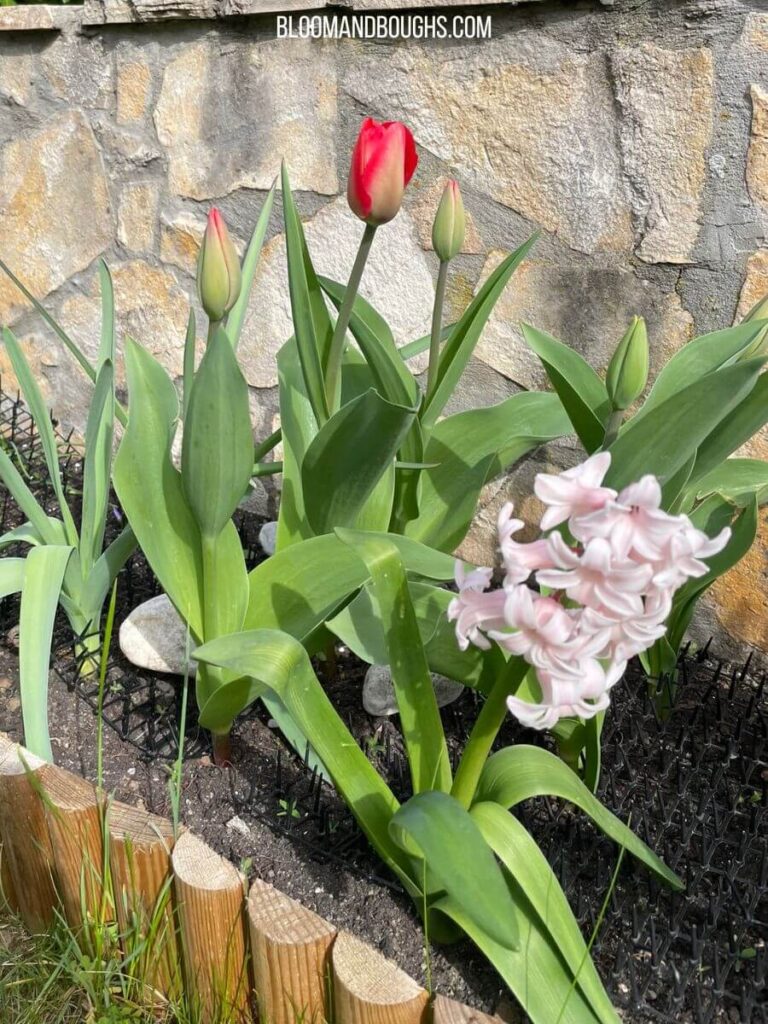


0 Comments